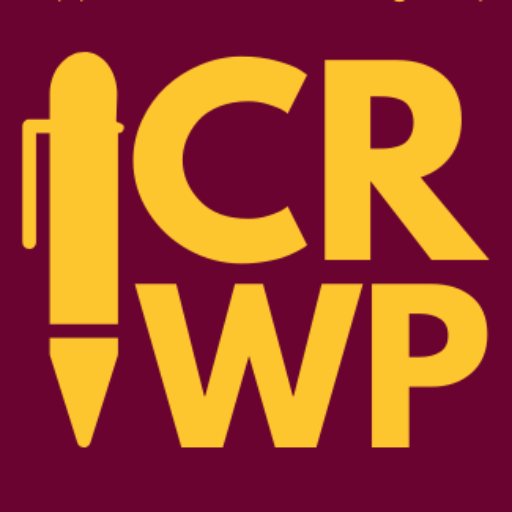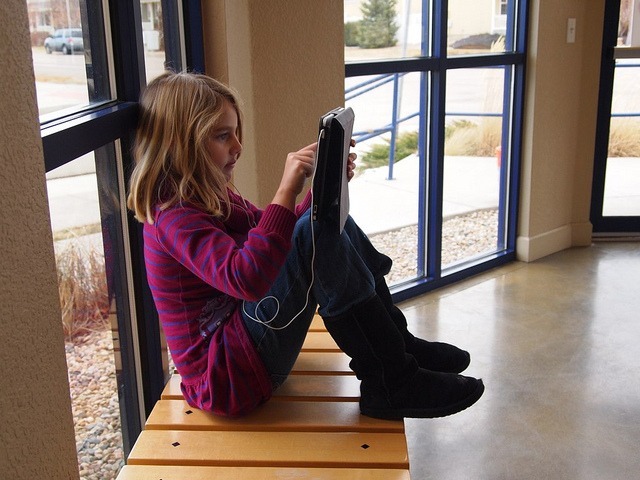
Flipping has not come easily for me. I had to make sure it was going to fit my teaching situation. As a language arts teacher, I had to figure out just how I was going to flip the instruction within my classroom. The English world is a bit more complicated in terms of flipped instruction. It took a lot of research and learning on my part to venture down this path, but I like challenges, and I was welcoming it with open arms, especially if I was going to get my students more engaged.
As my first blog post demonstrates, I decided to start with flipping my grammar instruction. I have always felt that grammar is not the most exciting to students. I have always taught grammar within the writing assignments I present to students. Often times, I look over student writing, from journal entries to formal assignments that they have turned in to me. As I pore over their papers, I look for the weaknesses in their grammar and use what I find to direct my instruction. In addition, I use the Common Core State Standards to help guide my instruction, for example:
CCSS.ELA-LITERACY.L.7.1.B
Choose among simple, compound, complex, and compound-complex sentences to signal differing relationships among ideas.
CCSS.ELA-LITERACY.L.7.1.A
Explain the function of phrases and clauses in general and their function in specific sentences.
Grammar was a solid choice for me to start learning what flipped instruction could potentially look like for my students and me. I started very simply and have played around with multiple screencasting tools, like the ones mentioned in my first blog post. Also, I have used other videos that I found on YouTube to not only help with my own time management, but also to help me see what to do and what not to do when creating a video. You can see the videos I have selected from YouTube by visiting my wiki page or through the link below.
For now, students are following the traditional flipped model where they watch a video and come back to class ready to do a pre-planned activity. While students watch the video, I have them fill out a WSQ form (pronounced wisk) — which I adapted from Crystal Kirch — where WSQ stands for Watch, Summarize, and Question.
Typically assigned on Monday, I give the students four days to watch the video and complete their WSQ. Thursdays are our activity days when students show what they have learned in the flipped lesson usually by getting up and moving around the room in purposeful activity. For example, the week students studied the different types of sentences, they made sentence strips with partners to post around the room displaying what they had learned from my flipped lesson video.
The school district where I teach has four 9-week marking periods. I plan my flipped grammar instruction for eight of the nine weeks. I post the videos along with a chart for my students to follow on my classroom Wikispace. Students can work at their own pace. I tell my students that they can work ahead as far as they would like, but they can never be behind when it comes to their flipped lessons. This strategy allows those students who work faster or need more of a challenge to have the freedom to take a vested interest in their own learning.
Now that the first year of implementing the flipped concept in my classroom has come to a close, I still have not decided my own definition of what flipping should look like in my classroom. What I do know is that I want to do what is best for my students. Below, I share feedback that my students provided expressing what they felt are the pros and cons of flipping grammar instruction for the first year.
| Pros | Cons |
|
|
I will continue to explore flipping models from other English teachers to help me establish my own definition of a flipped English classroom. As I push forward with this new instructional strategy and share my experiences, I will take a deeper look into a specific flipped lesson I have implemented in my classroom and discuss the pros and cons I have found with flipping grammar instruction this school year.

Jeremy Hyler (@jeremybballer) is a 7th and 8th grade middle school language arts teacher in Middleton, Michigan, a department co-chair, and a teacher consultant to the National Writing Project. He is co-author of Create, Compose, Connect! Reading, Writing and Learning with Digital Tools

This work is licensed under a Creative Commons Attribution-NonCommercial-ShareAlike 4.0 International License.



Leave a Reply
You must be logged in to post a comment.